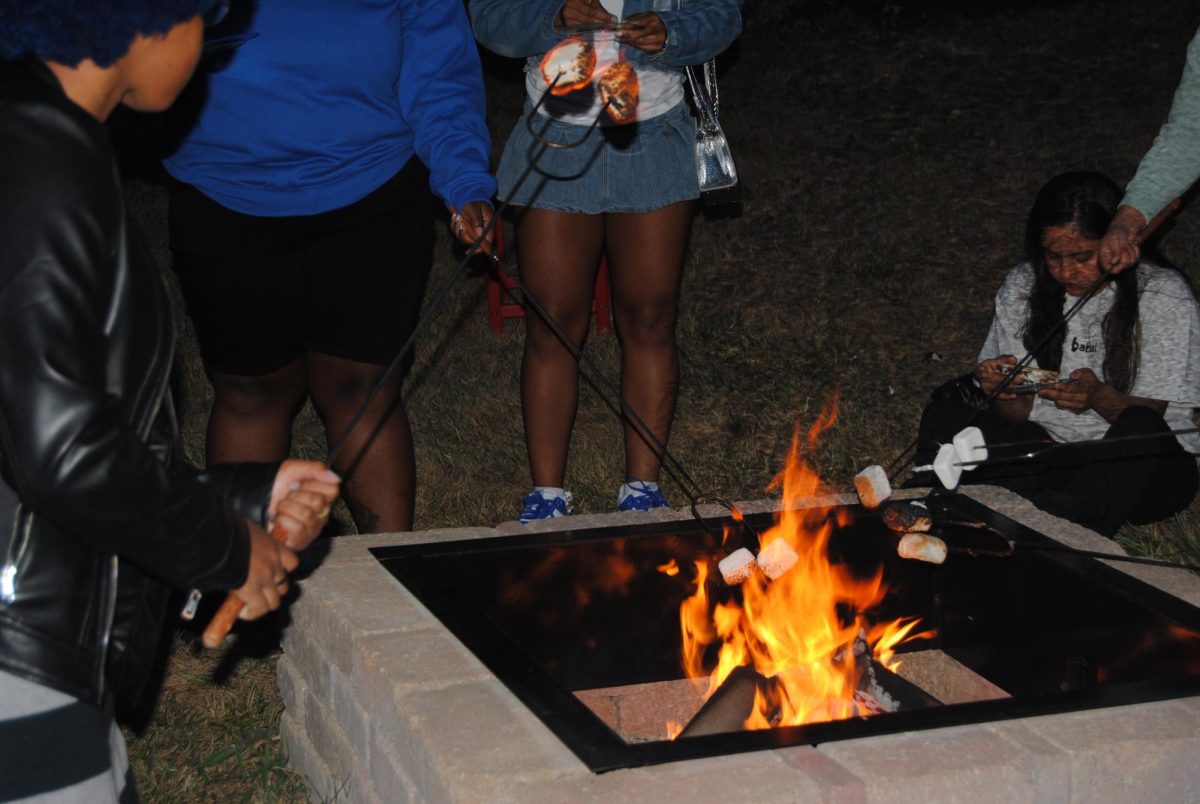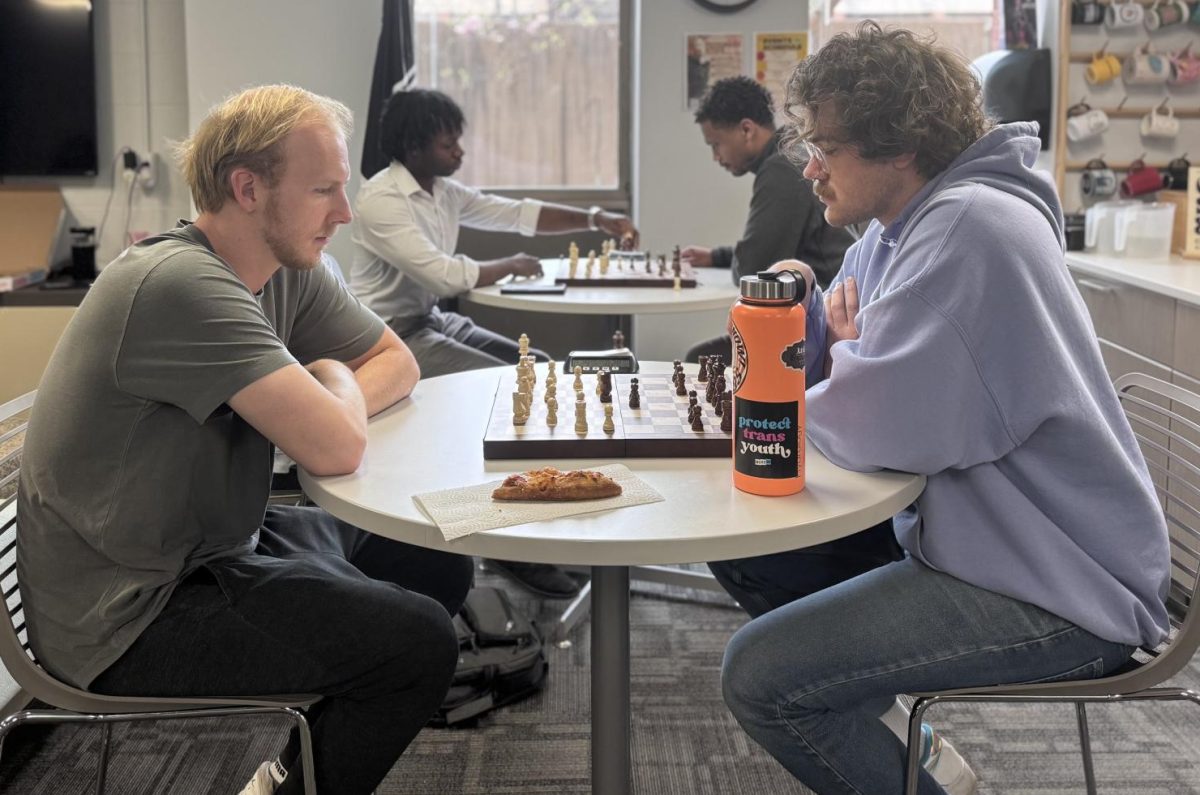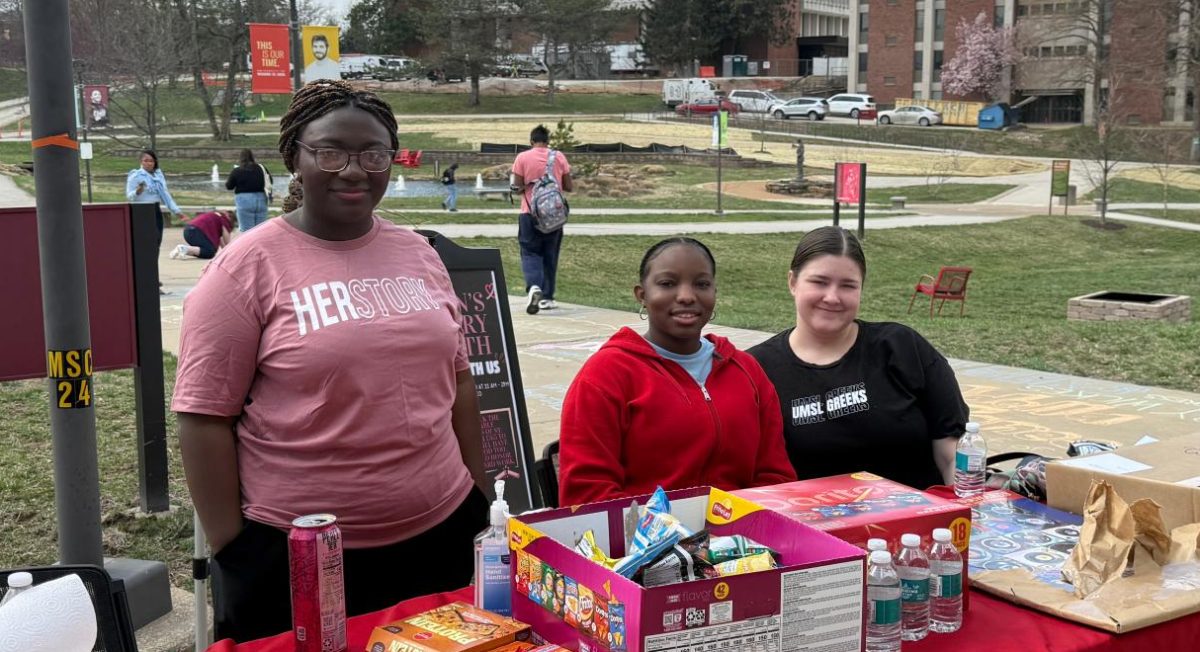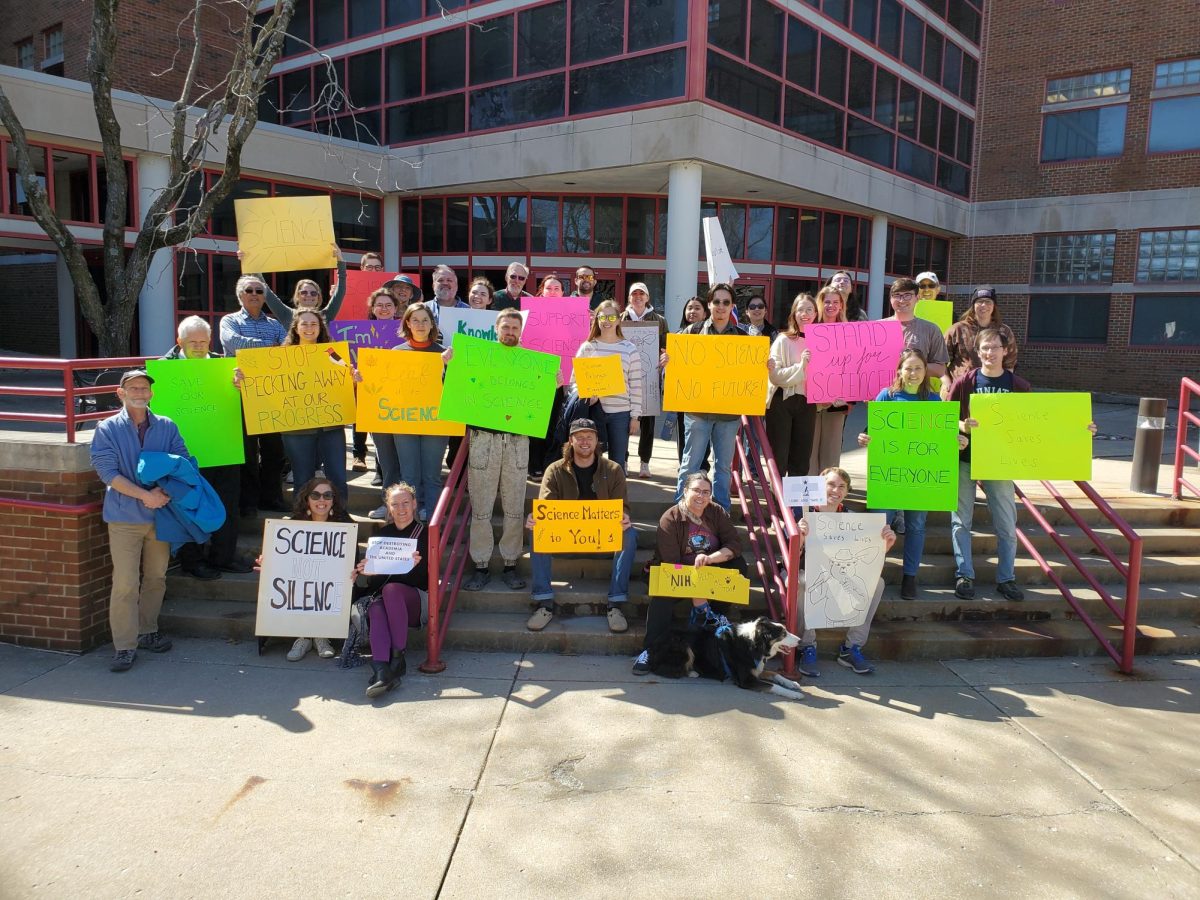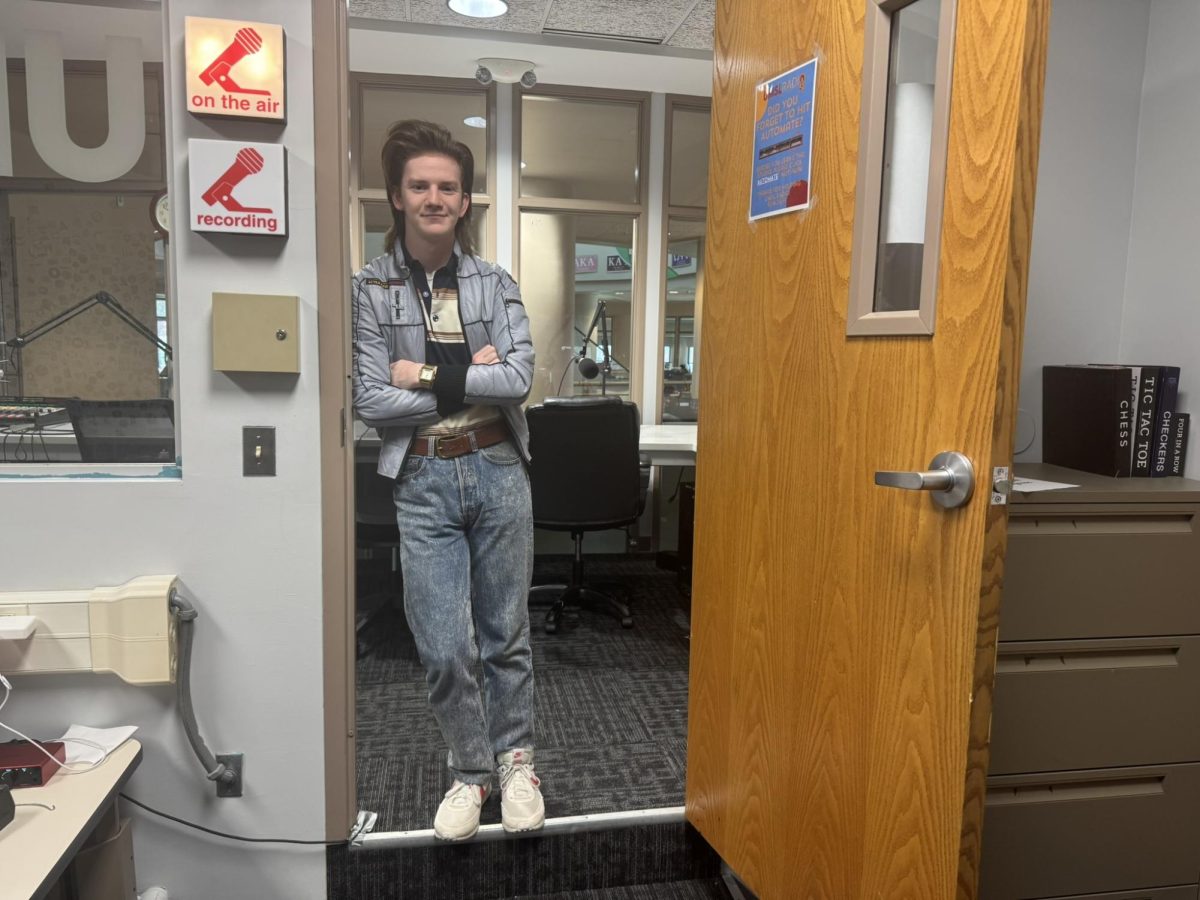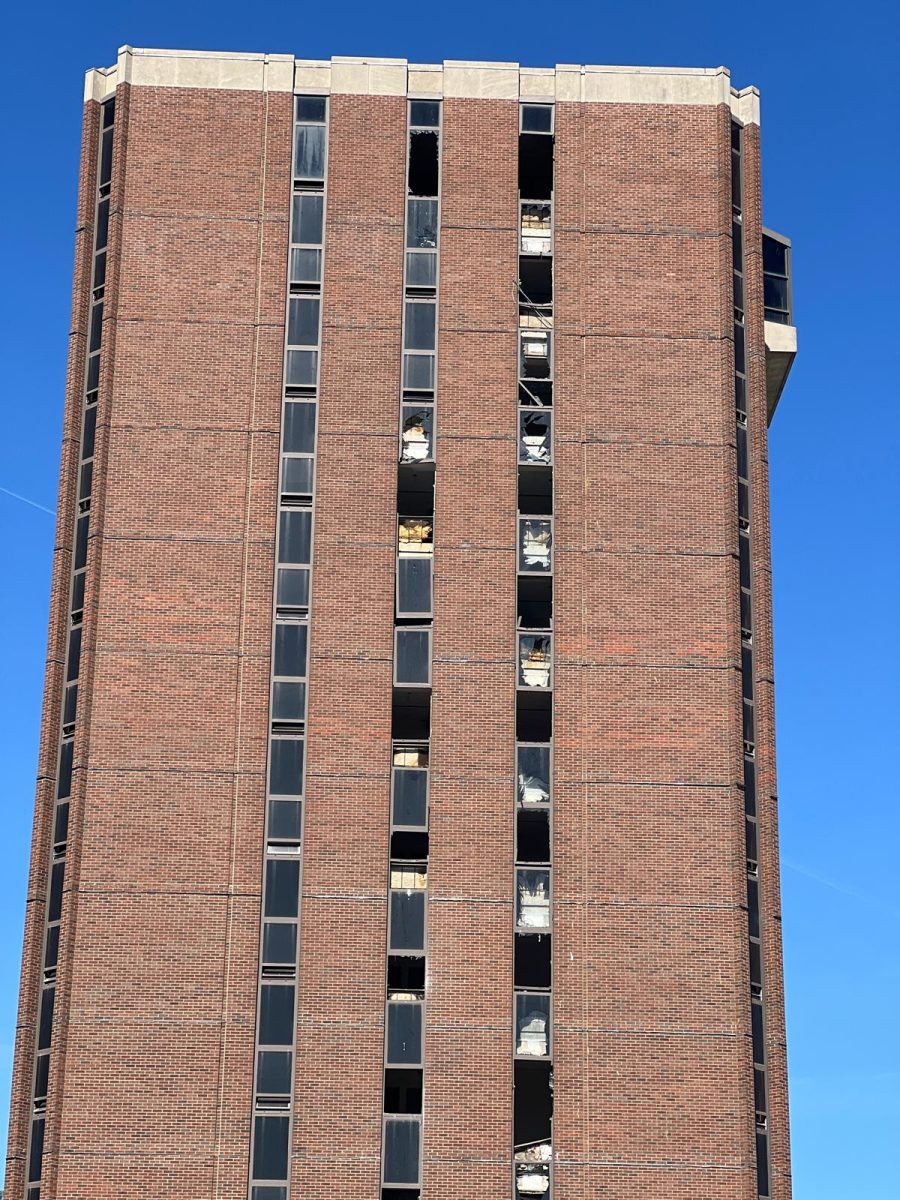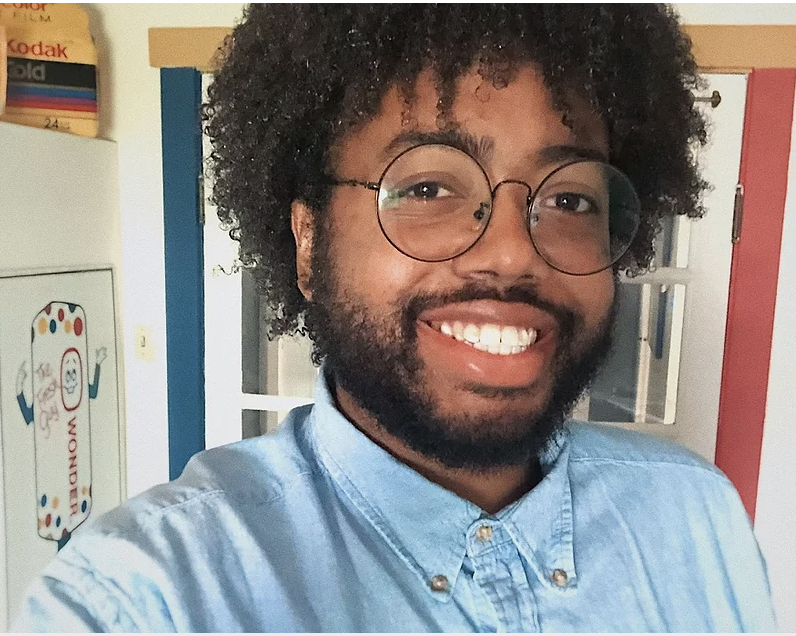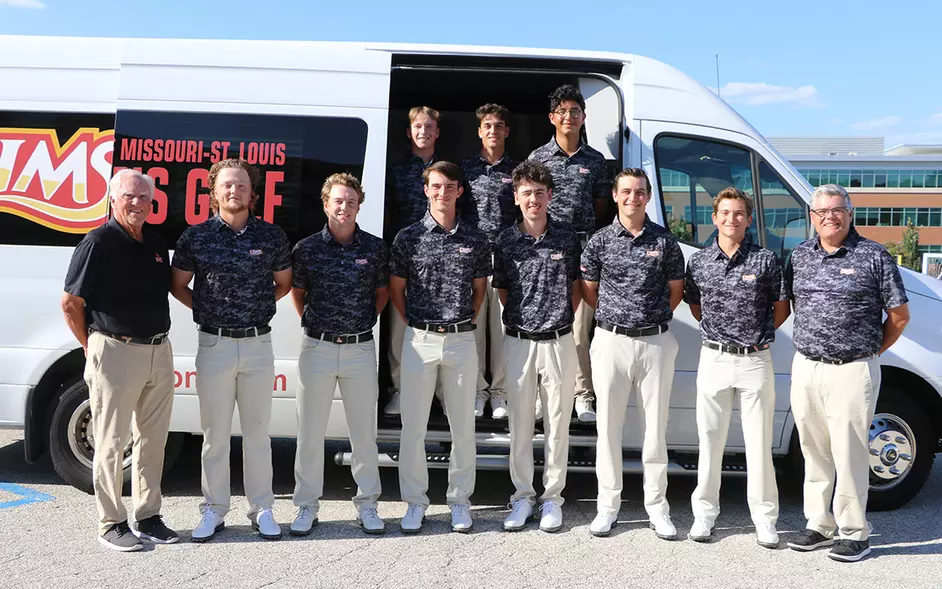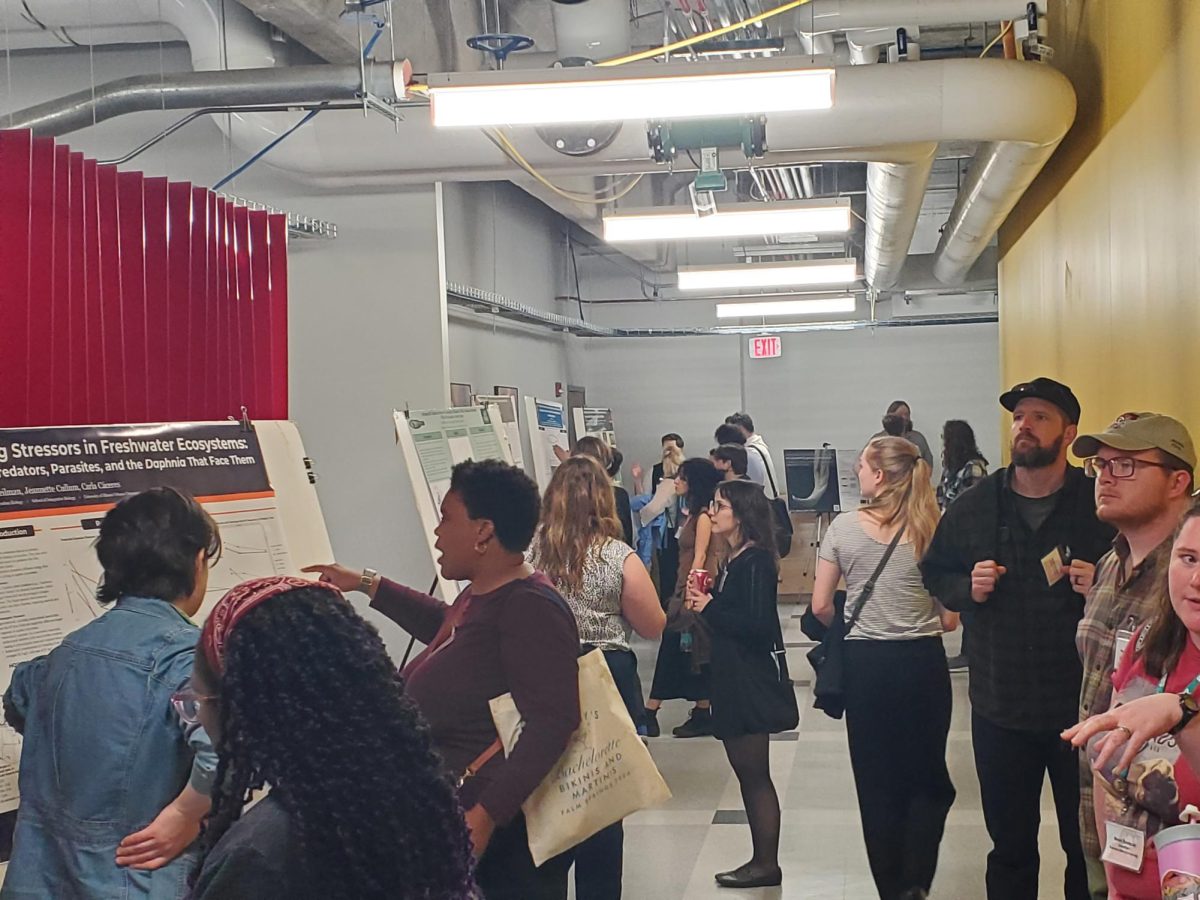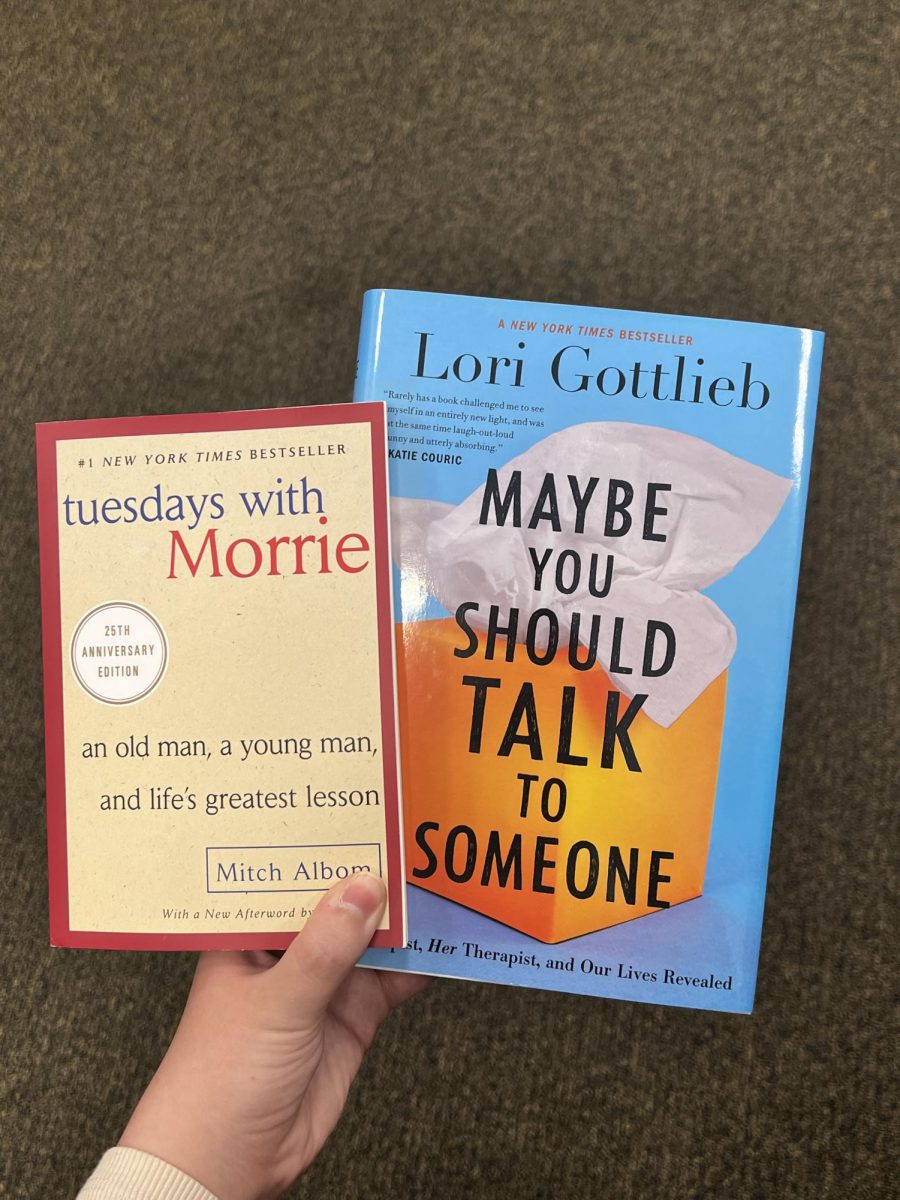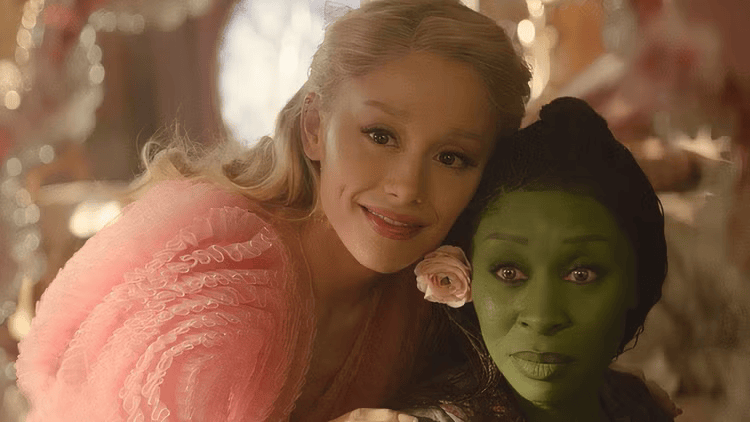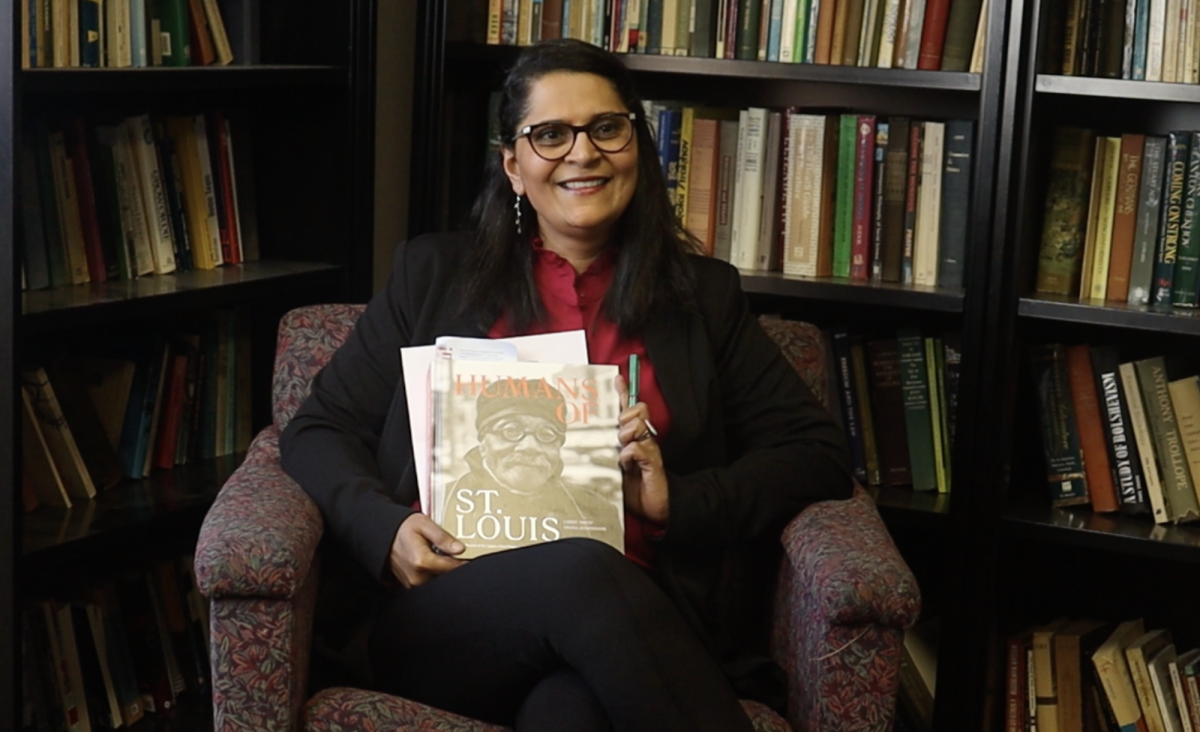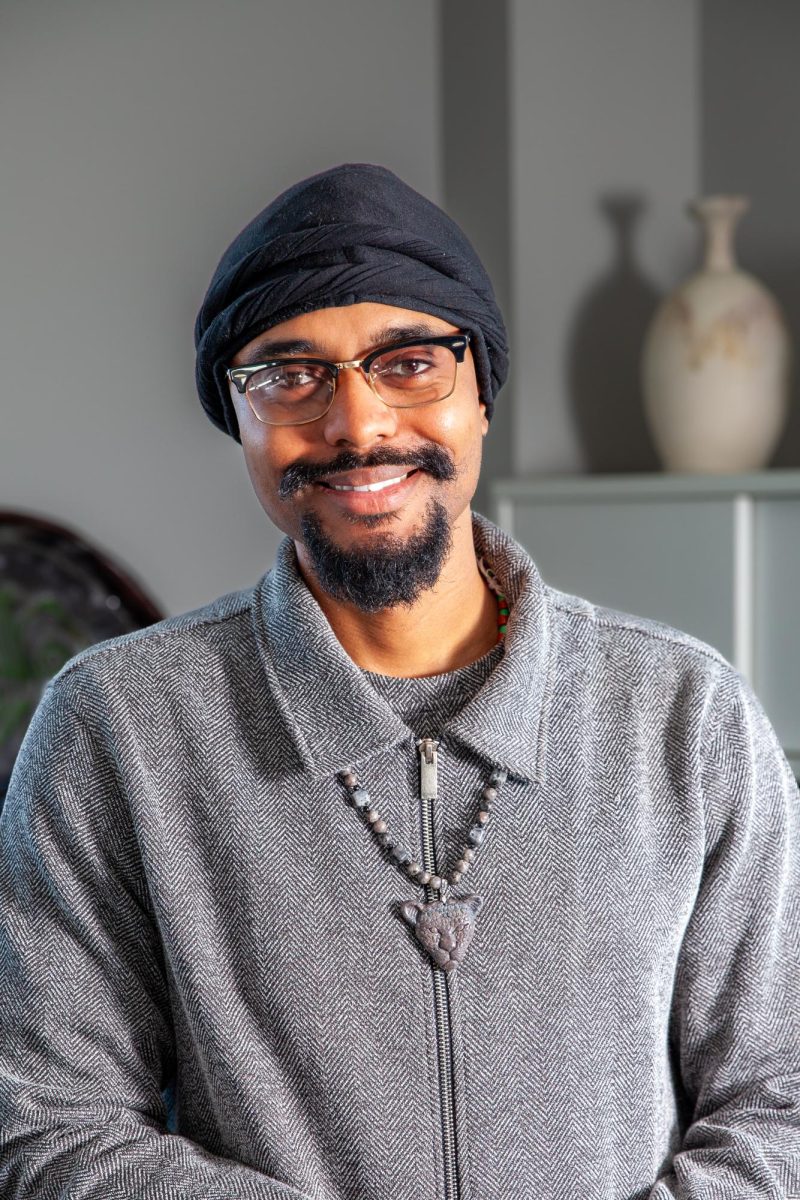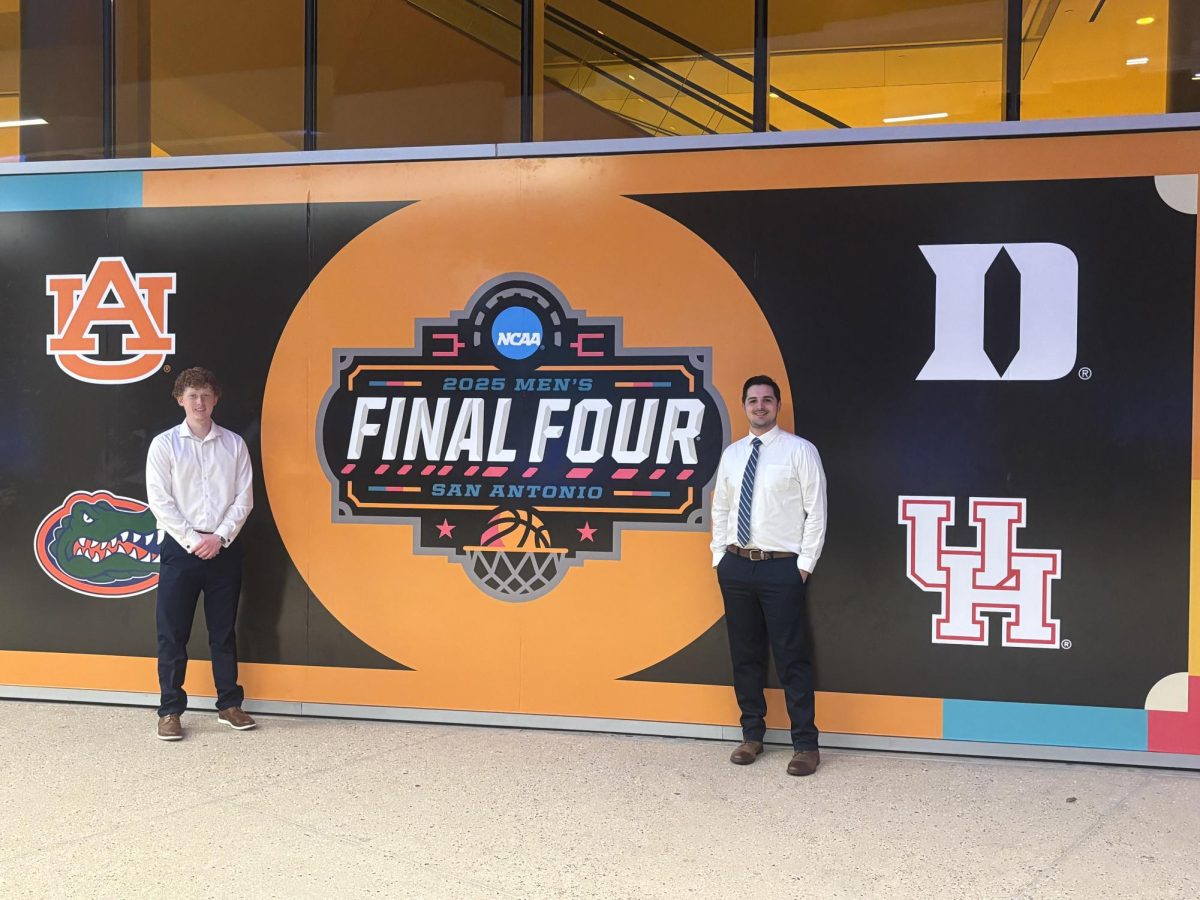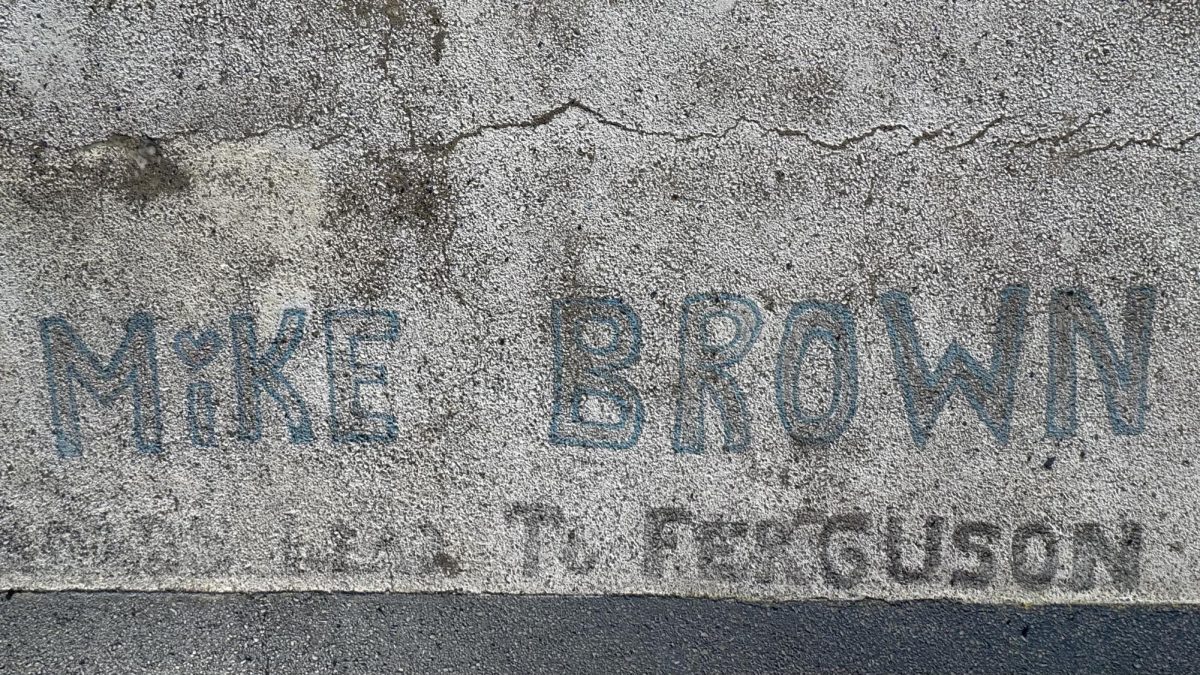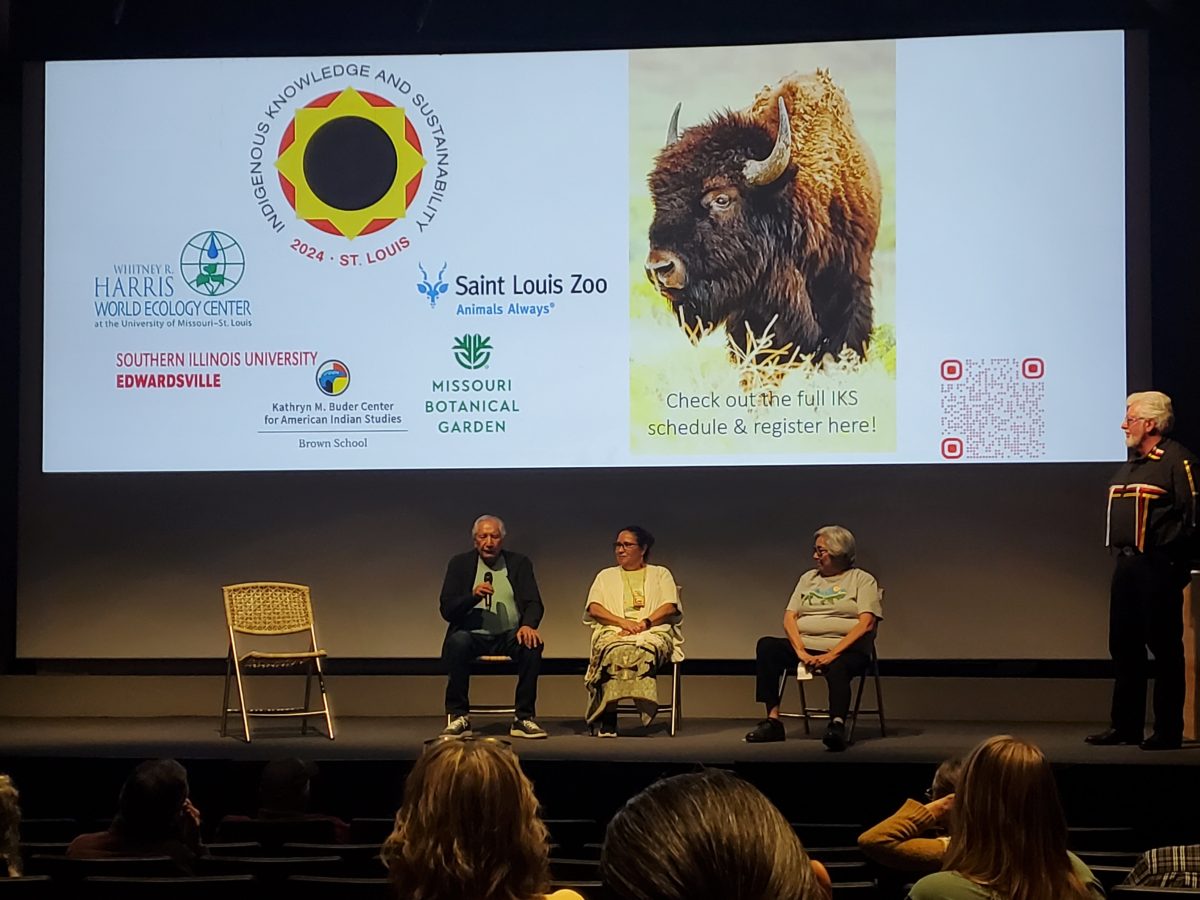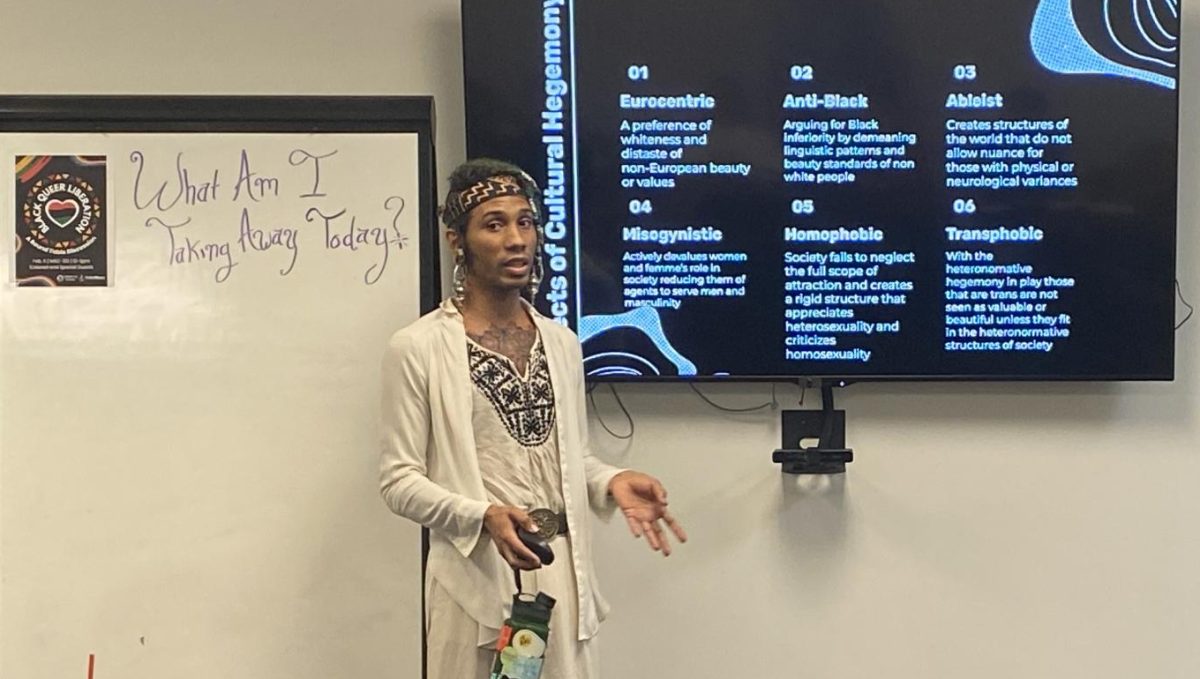On Oct. 10, 2024, UMSL’s Whitney R. Harris World Ecology Center, an organization within the university’s biology department, hosted its annual Conservation Forum in collaboration with the St. Louis Zoo. This year’s theme was Indigenous Knowledge and Sustainability, focusing on the 10 Year Anniversary of the Buffalo Treaty. The treaty allowed Native Americans to bring buffalo back onto their homelands in areas of Montana, Wyoming and the Dakotas. The event’s speakers were three Native American researchers and educators, Leroy Little Bear, Roxann Smith and Jonny Bearcub Stiffarm. Each offering insight into the history, research and cultural significance surrounding the treaty.
Leroy Little Bear is of the Kainai Nation in the Blackfoot Confederacy. Little Bear spoke of the buffalo as a cultural keystone. His speech noted how the buffalo has links to conservation, health, research, education, economics and culture for the Native Americans. The treaty signed by over 1000 delegates provided them the opportunity to restore what had been lost with centuries of colonization.
Buffalo are incredibly important to grassland ecosystems in North America. Their grazing allows for more diverse plant life to exist, which can even help with climate change. They act as keystone species, meaning their presence has a huge impact on the environment. An impact so large that removing them creates negative ripple effects for the rest of the ecosystem.
Second was Roxann Smith of the Pté group from Fort Peck Indian Reservation. She gave a presentation on honoring the Buffalo Treaty through research and education efforts. The research Smith conducts involves supporting the buffalo restoration efforts on the land, while the education component occurs through cultural outreach events that foster a sense of community for both Native and non-Native people alike.
Outreach events mainly include school field trips where kids can visit Native American camps and experience their way of life through housing, crafts and foods. But one unique outreach opportunity has been through a documentary on the Buffalo Treaty. The currently touring film emphasizes the significant natural and spiritual connections between the Native Americans and the buffalo.
Smith also discussed her role as a Native American studies instructor at Fort Peck Community College in Poplar, Mont. Her core philosophy is to teach the truth of what happened to the Native Americans, no matter how ugly. From her perspective, this philosophy is key to healing through acknowledging the horrors of the Manifest Destiny. Acceptance of the truth allows for proper grieving and emotional decompression. Smith concluded that the Buffalo Treaty is a significant part of “rematriation”, or a restoration of balance to their homelands.
The third and final speaker was Jonny Bearcub Stiffarm of the Red Bottom Clan. She spoke on the health benefits of bison within indigenous communities. With the Buffalo Treaty comes hundreds of buffalo returning to their homelands, providing opportunities to bolster physical and mental health.
Bearcub Stiffarm explained physical health benefits come through nutrition. Buffalo is much more nutritious than a lot of the processed foods Native Americans have had to eat upon colonization. Buffalo meat is found to have high protein content, low fat and is rich in vitamins and minerals. The buffalo also provides food sovereignty as a few buffalo can feed entire communities for months.
She continued with mental health benefits, which come through cultural identity. Mental health in Native Americans has been shown to suffer as a result of colonialism disrupting connections to the land and traditional food systems. But by having the buffalo back on the land, their connection to nature has been restored. This provides a sense of empowerment and pride in their identities that had been snuffed out.
Overall, despite the forum focusing on a treaty whose effect is over 1000 miles away, the power and passion of each presenter was incredibly moving. In their presentations, each individual spoke of heavy loss, which was highlighted by the backdrop of St. Louis, known for the start of westward expansion and the Manifest Destiny. But there was also a palpable sense of joy and celebration when speaking of the treaty and all its associated benefits. This brought things full circle and left the audience with a feeling of hope for these historically marginalized people.
Categories:
Bringing back the buffalo: Highlighting Indigenous knowledge and culture at this year’s conservation forum
From left to right: Leroy Little Bear, Roxann Smith and Jonny Bearcub Stiffarm doing an audience Q & A after their presentations at the Harris Conservation Forum at the St. Louis Zoo on October 9th, 2024.
Story continues below advertisement
0
Donate to The Current
Your donation will support the student journalists of University of Missouri - St. Louis. Your contribution will allow us to purchase equipment and cover our annual website hosting costs.
More to Discover
About the Contributor
Jeremy Howard, Contributing Science Writer

